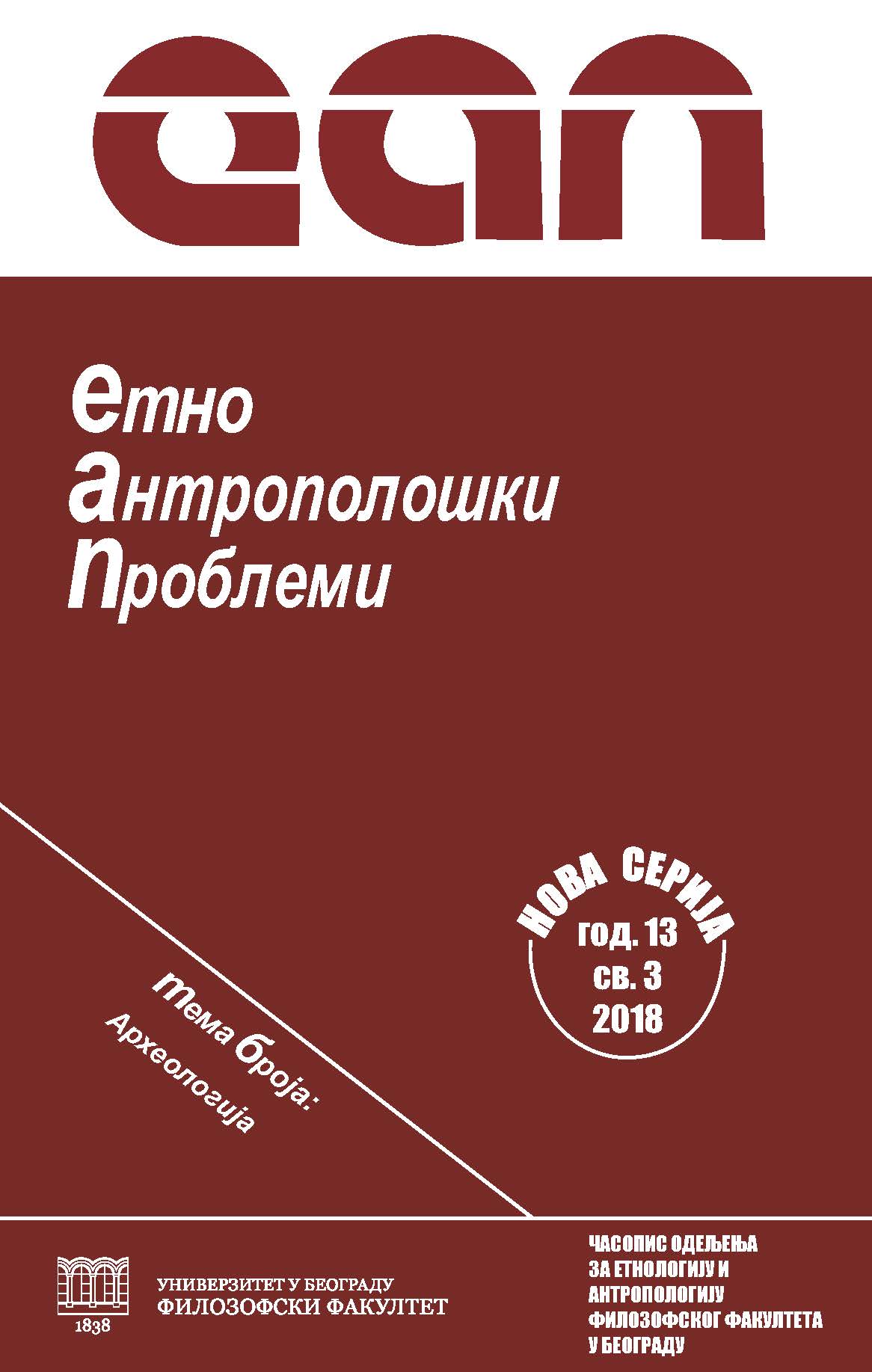„Život je ljubav“: vinčansko pismo i izmišljanje baštine
“Life is Love”: The Vinča Script and the Invention of Heritage
Author(s): Jasna VukovićSubject(s): Archaeology
Published by: Филозофски факултет, Универзитет у Београду
Keywords: Vatin spindle whorl; Vinča script; heritage; pseudo-archaeology; public
Summary/Abstract: The paper discusses the ways in which cultural heritage is invented and accepted by the public on the grounds of the spurious pseudo-scientific idea of the Vinča script, illustrated by one Bronze Age artefact. The miniature clay spindle whorl from Vatin bearing incised signs is abundantly mentioned in the pseudo-scientific literature as one example of the Vinča script whose message is deciphered: “life is love”, the “translation” attributed to Radivoje Pešić, although in his writings the method of translation is not mentioned at all. However, thanks to the media and especially via the Internet, the Bronze Age object becomes the Neolithic one, and his various (pseudo-scientific) interpretations reach the public space, creating the image of deeply spiritual and philosophically inclined Vinča civilization. The greatest danger lies in the fact that the maxim “life is love” and the idea of the Vinča script in general are emphasized as a part of the cultural heritage and advertised, among other, in the sector of cultural tourism. Since heritage is seen as usage of the past as a cultural, economic and political resource, the issue of heritage is additionally complex in our environment, where it is literally invented. It is therefore extremely important for the professional archaeologists to devote more energy to the domain of public archaeology, sharing information, taking part in education, and influencing the awareness about cultural heritage in the public sphere.
Journal: Етноантрополошки проблеми
- Issue Year: 13/2018
- Issue No: 3
- Page Range: 695-706
- Page Count: 12
- Language: Serbian

